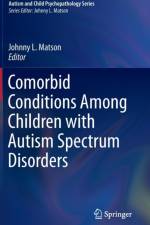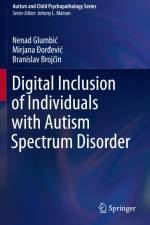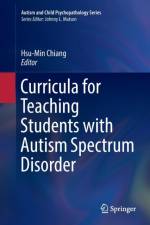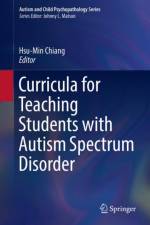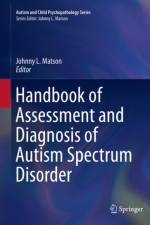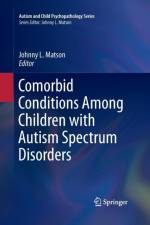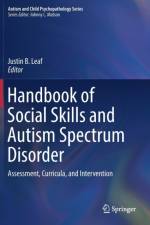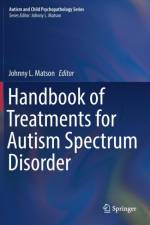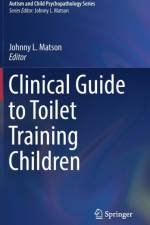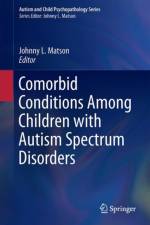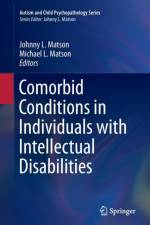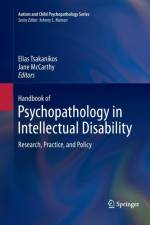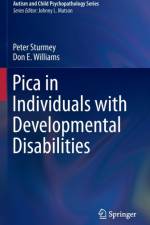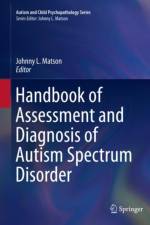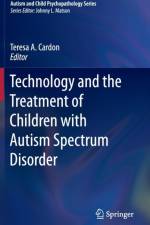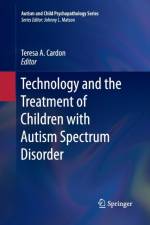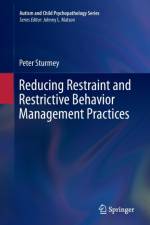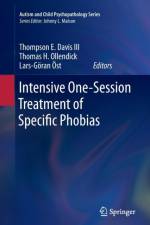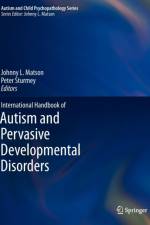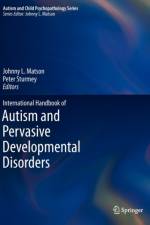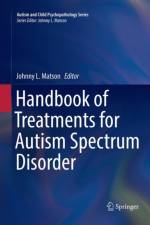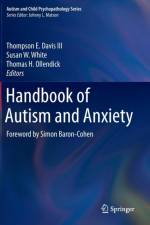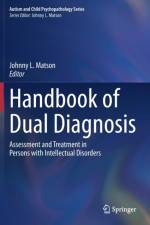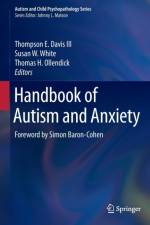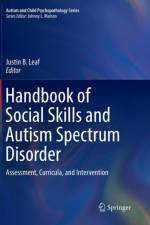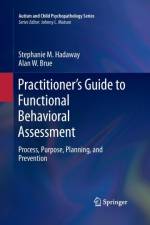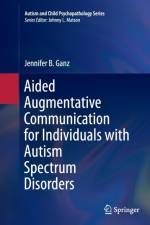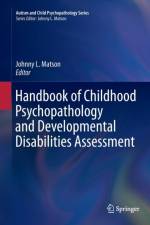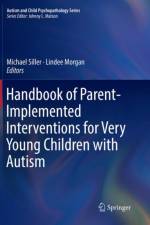3 051
¿This handbook describes evidence-based methods of assessing psychological, educational, behavioral, and developmental problems in children and adolescents. It provides state-of-the-art analyses of leading assessment tools and methods. Chapters provide an overview of childhood assessment issues, diagnostic classification systems, interviewing and report writing, traditional assessment tools and methods, such as Applied Behavioral Analysis (ABA). In addition, chapters address daily living, academic, and social skills, commonly encountered psychological conditions, and developmental disorders, reviewing definitions and etiology, history of assessment and diagnosis, possible comorbid conditions, and current measures and procedures. The handbook also covers specific childhood disorders that often present assessment challenges in children, such as posttraumatic stress disorder, mood disorders, pain, and feeding and eating disorders. Topics featured in this handbook include:Adaptive and developmental behavior scales.Diagnostic classification systems and how to apply them to childhood problems and disorders. Intelligence testing and its use in childhood psychological assessment.Assessment of Attention Deficit Hyperactivity Disorder (ADHD) in persons with developmental disabilities. Self-Injurious behavior in children.Prevalence and assessment of common sleep problems in children.The Handbook of Childhood Psychopathology and Developmental Disabilities Assessment is an essential resource for researchers, graduate students, clinicians, and related therapists and professionals in clinical child and school psychology, pediatrics, social work, developmental psychology, behavioral therapy/rehabilitation, child and adolescent psychiatry, and special education.

